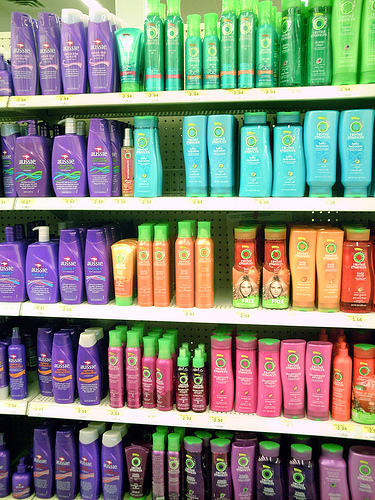Child care, daycare and preschool environments should be an enjoyable, educational and safe place for children in Miami, Tampa, Orlando, Jacksonville, St. Petersburg, Hialeah and Tallahassee. To be sure that the childcare, day care or preschool is a safe and healthy environment, you should request a meet and greet with the director before your child’s first day of care. Be sure to go over the childcare provider’s policy and procedures on discipline, toilet training, nap time, meals and safety. Also, ask what is expected of you. For a check list of items to discuss with a childcare provider, visit www.mychildcareguide.com and under the Parents tab, click “touring the facility” and “meeting the director”. It is always a good idea to check references too. See our “references check list” for good questions to ask when calling references.
As a parent, you should expect daily feedback from your preschool, day care or childcare center in Miami, Tampa, Orlando, Jacksonville, St. Petersburg, Hialeah or Tallahassee.
- Miami, Tampa, Orlando, Jacksonville, St. Petersburg, Hialeah, Tallahassee child care centers should supply you with their policies and procedure handbook.
- Make sure you understand what their protocol is for drop off and pick up your child. What is their policy when your child becomes sick? What are their rules and necessary paperwork for who is allowed to pick up your child from daycare.
- You should ask the childcare provider which staff members will be attending to your child while in their care. Plan to introduce yourself and get to know the teacher. Share a little information about your child’ personality or special needs so they have a better understanding of your child’s behavior and personality. Be pleasant and polite to the teacher and ask if you can speak to them from time to time about your child’s behavior, needs or their assessments.
- Childcare, day care or preschool providers should provide you with daily feedback upon pick up of your child. This feedback should include; How your child’s mood was throughout the day? Did they eat well? Was there any problems? Did they get along with the other children? Did they take a nap and for how long? Did they appear happy, sad, frustrated or other? Were they injured or hurt throughout the day? If so, were you notified? Request a copy of the incident form. This should always be provided to you.
- Your provider should provide you with information about important events; any school closings, any change of hours, new staff, field trips, guest speakers, special activities or anything that is different from an average day at the center.
- A daycare, preschool or childcare provider should give you feedback on your child’s development on a monthly basis. They should explain how your child is doing and mention interests, dislikes or concerns about your child if they recognize any.
- Be sure to find time to stay in good communication with your childcare, daycare or preschool provider. Whether it be a quick chat during drop off or pick up or whether it be a telephone call weekly or through email communication.
- You can expect your provider to discuss problems or issues directly with you and together work to resolve all problems or special needs.
- You are responsible for helping your provider understand your child likes, dislike, things that upset them or typical expectations of behavior. Many providers have a form to complete so parents can share this information with them about their child. If your child is experiencing any changes in their routine – for example, sleeping, eating, allergies or other, be sure to share this with your provider immediately.

 As parents, I think many of us are so busy caught up in our daily activities and routine that we go into robot mode and sometimes don’t realize that the products we could be using could be harmful to us or our children.
As parents, I think many of us are so busy caught up in our daily activities and routine that we go into robot mode and sometimes don’t realize that the products we could be using could be harmful to us or our children.